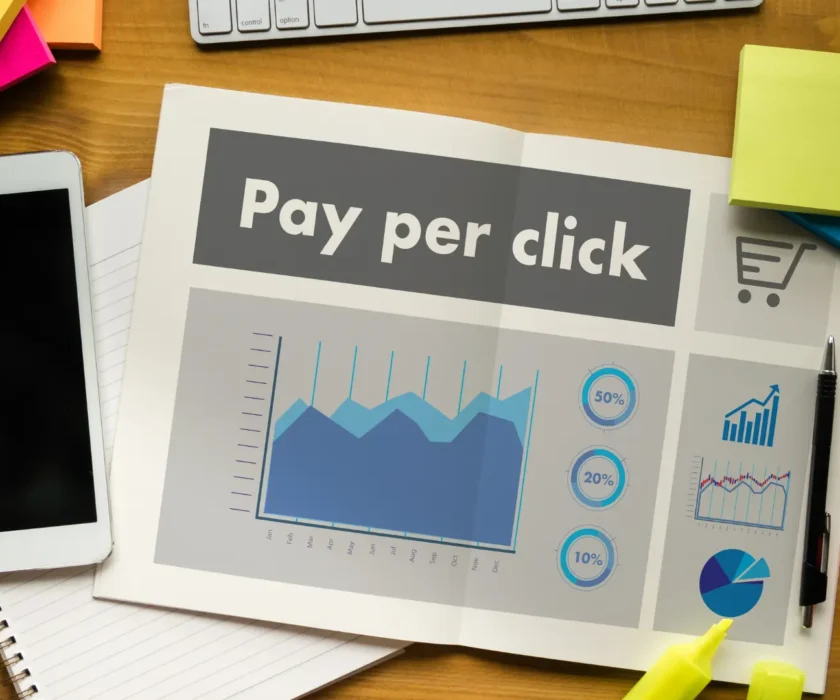A New Marketing Playbook for a Crowded World
Let’s be honest. The digital world is loud. It’s a chaotic bazaar filled with countless voices, all shouting for a moment of attention. The sheer volume of noise can feel overwhelming for anyone trying to grow a business or launch an idea. The old interruption methods, the loud ads and aggressive sales pitches, feel less effective by the day. People have become adept at tuning out the generic static. So, how does a good idea find its footing? How does a valuable service connect with the people who need it?
The answer may be a complete reframing of what marketing is. Acclaimed thinker Seth Godin offers a powerful alternative. He suggests a path from the hustle toward something more meaningful and sustainable. It’s an approach built on empathy, generosity, and the simple power of a brilliant idea shared well.

So, What Is Real Marketing?
Forget the pop-ups and the spammy emails for a second. In Godin’s view, proper marketing is the generous act of helping someone solve a problem. It’s about creating the conditions for an idea to spread. When you make something genuinely helpful or interesting, you give people a reason to talk. The marketing work becomes less about shouting and more about earning enrollment and permission from your audience. You build a connection, a relationship based on trust, which they choose to be a part of.
First, Invent Something Worth a Remark
The foundation of it all is surprisingly simple: have something worth discussing. Godin’s first step is to invent something remarkable. The word’s origin is key here: “worth remarking about.” This is where many ventures stumble. They begin with an average product for average people and hope a giant advertising budget will fix it.
A better way is to pour that energy into the initial creation. Build a product or an exceptional service. It could solve a unique problem, offer outstanding design, or provide a level of service unheard of in its industry. When you build something extraordinary, you tell your first customers a story.

Forget the Masses; Who Is Your Smallest Viable Audience?
The temptation to appeal to everyone is strong. It also leads to mediocre products that excite no one. Godin’s second step advises a radical counter-move: design and build for a specific, small group of people. He calls this the “smallest viable market.” Who are the people who will get the most value from what you offer? Who are the ones whose dreams and needs align perfectly with your solution?
This requires a deep, empathetic understanding of that audience. You have to see the world through their eyes. When you serve this core group with immense care, they become your champions. Their problems get solved, and they feel seen and understood.
Tell a Story They Already Understand
Once you know who you are serving, the next step is to frame your story in a way that resonates with their existing worldview. A common mistake is to try to change someone’s mind or convince them of a whole new belief system. A much more effective path is to understand the narratives they already hold. What are their aspirations? What language do they use?
Your story should snap into place with their current perspective. It should feel familiar and logical to them. When your message confirms their belief, it feels true, and they are more open to listening.

Let Them Do the Talking
The fourth step is where the magic happens. After you have done the hard work of creating something remarkable for a specific audience, you create conditions for them to spread the word. You give them the tools, the motivation, and the story to share with their peers. This could be a referral program, shareable content, or an exceptional customer experience that they feel compelled to discuss. The goal is for the idea to move from person to person, organically, because it is worth sharing.
The Long Game: Show Up and Be Consistent
Finally, none of this works as a short-term trick. The fifth step is a commitment: show up regularly, consistently, and generously for years. Trust is built over time. Permission is earned. Your audience needs to know you are reliable and committed to serving them. In a world full of fleeting trends, consistency is a superpower. Godin also suggests consistency is more valuable than authenticity; your customers always want the professional, reliable version of you.
Are You Ready for “The Dip”?
Every worthwhile endeavor has a tricky part. Godin calls it “the dip. It’s that long slog between starting and mastery where progress is slow and quitting seems like a good option. The secret is to anticipate it. Know before you start which challenges are coming. Quitting is fine if the project is a dead end, but quitting in the middle of the dip just because it’s hard is why so few make it to the other side. Success often waits for those with the foresight and tenacity to push through it.
This whole philosophy is a call to create with intention. It’s a roadmap for building a business or project that contributes something valuable, connects with people deeply, and grows for all the right reasons.


![What is Generative Engine Optimization (GEO) Complete Guide [2025]](https://operendia.com/wp-content/uploads/2025/07/What-is-Generative-Engine-Optimization-GEO-Complete-Guide-2025-840x700.webp)